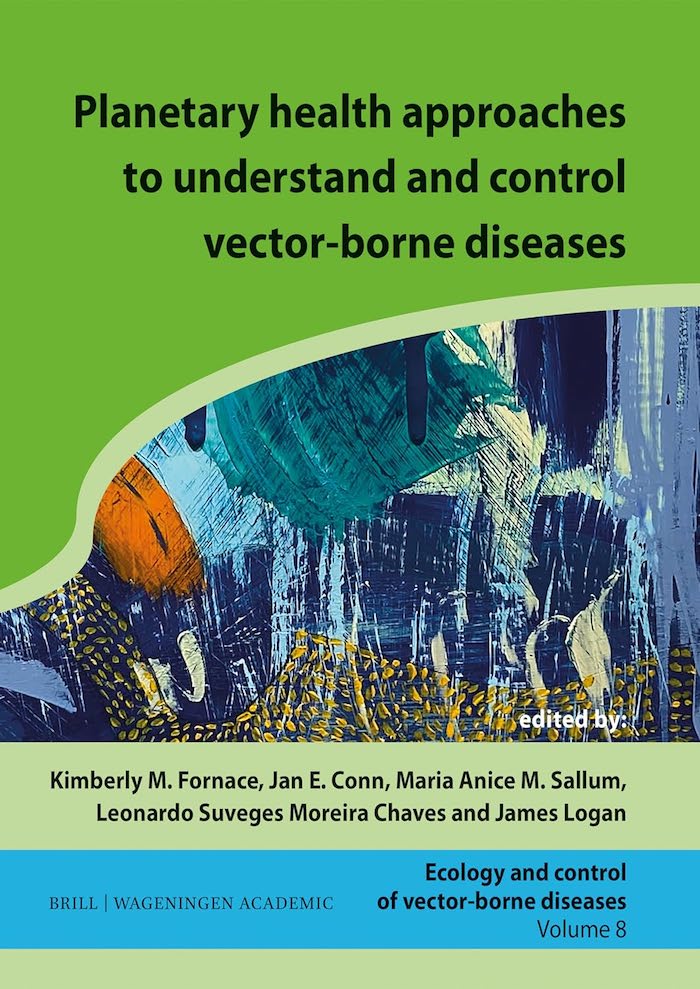
LIPPI – Modelling the effects of climate and climate change on transmission of vector-borne disease
Marta S. Shocket, Jamie M. Caldwell, Paul J. Huxley, Catherine A. Lippi, Francis A. Windram, and Alexander C. Keyel
Article first published online: 13 December 2023
DOI: https://doi.org/10.3920/9789004688650_012
ABSTRACT: Mathematical and statistical models are critical tools for both understanding how climate can influence patterns of vector-borne disease transmission, and predicting how climate change might affect these patterns in the future. This chapter focuses primarily on quantitative approaches for modelling the effects of climate on mosquito-borne disease (MBD), although we also briefly consider tick-borne disease. We initially describe how the biological mechanisms that contribute to transmission of vector-borne disease can respond to changes in climate and other environmental factors. Importantly, transmission of MBD responds nonlinearly over gradients of both temperature and rainfall. When building or interpreting models for the effects of climate on MBD dynamics, it is important to consider that the effects of temperature and rainfall on disease may be positive, negative, or both depending on circumstance. This context-dependence can limit the transferability of models beyond the setting in which they were fit. Next, we provide an overview of important concepts and approaches for modelling vector-borne diseases using mechanistic and statistical models. This includes the most commonly used modelling methods, techniques for model evaluation and validation, and climate re-analysis products used as model predictors. The best choices of methods for model construction and evaluation depend on the goals of the model and the structure of the underlying data, including their spatial and temporal scales. Then, we explore three case studies of MBD in more detail and use them to illustrate representative modelling approaches across a gradient of spatiotemporal scales: (1) local time series models of dengue fever in San Juan, Puerto Rico; (2) regional models of West Nile virus in the United States; and (3) continental and global models for how climate change may impact future transmission risk for malaria and dengue fever. Finally, we note some key challenges, knowledge gaps, and research frontiers for modelling climate and MBD.
Read the full publication in Planetary health approaches to understand and control vector-borne diseases.